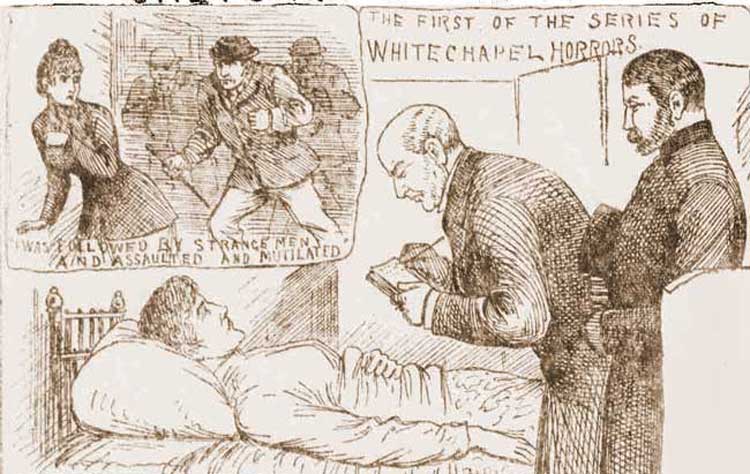The 131st anniversary of the first of the Whitechapel murders
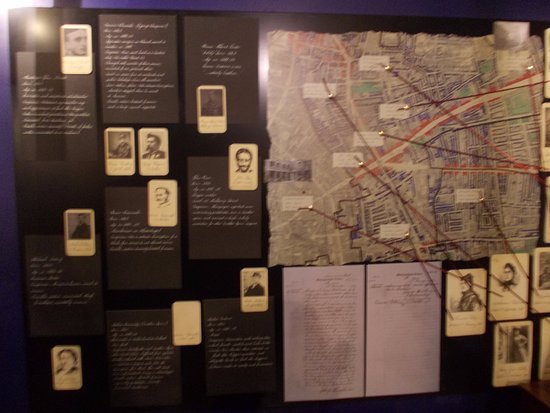
April 3 is the 131st anniversary of the murder of Emma Smith, who was the first of the Whitechapel murders. These include the murders by Jack the Ripper, whose identity is unknown. In total, the Whitechapel murders included ten murders taking place from April of 1888 to February of 1891, and five of those victims were victims of Jack the Ripper. All of the murders took place on London’s East End.
The first victim was Emma Smith, who was a local prostitute. She was not attacked by Jack the Ripper but by a local gang at 1:30 am on April 3 at a crossing of Osborn Street and Brick Lane during a robbery and an assault. She arrived back at her lodging house between 4 and 5 a.m. when she was rushed to the London Hospital. She died four days later at the hospital. An inquest was made into her death, and it was determined a homicide, making her the first Whitechapel murder.
On August 7, 1888, there was a second body found on the landing of the George Yard buildings. The body belonged to another prostitute called Martha Tabram, and she was stabbed to death. She is still not considered one of the victims of Jack the Ripper.
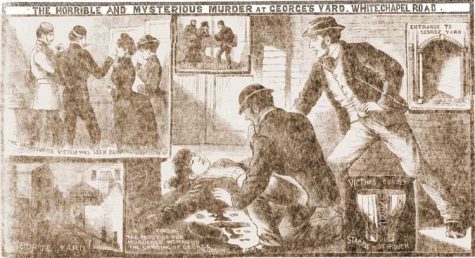
Twenty four days later on August 31, at 3:40 a.m. the body of Mary Ann Nichols was found at Buck’s row Whitechapel. She is believed to be the first victim of Jack the Ripper.
After these deaths,from September 1 to 4, the police started to look into the local prostitutes to see what is going on. They discovered someone called The Leather Apron had been extorting money from the prostitutes for the previous twelve months.
Four days later on September 8, at 6 a.m. Annie Chapman was found in the backyard of 29 Hanbury Street. She was the second to be deemed a Jack the Ripper victim. On September 10, John Pizer, also known as the Leather Apron, was arrested for the murder of Annie Chapman. He was let go because of his alibi for the previous two murders and was released.
On September 27, 1888 a missive was sent to someone addressed as “the boss” and signed as Jack the Ripper. This was the first of many letters sent that were signed as Jack the Ripper.
The third of Jack the Ripper’s victims was found on September 30, 1888 at 1:00 a.m.. Her name was Elizabeth Stride, and she was found at Berner Street off of Commercial Road. Later that day at 1:45 a.m. the body of Catherine Eddowes was discovered. She was found at Mitre Square in the city of London. After this, the city united two police forces to look for Jack the Ripper.
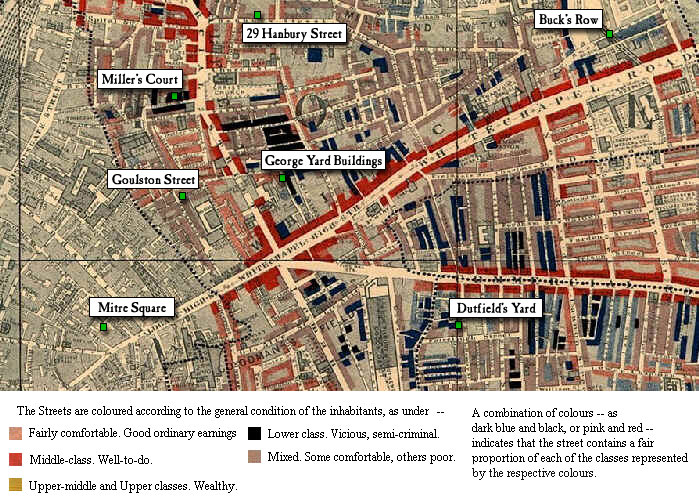
The next day, the police made the Jack the Ripper letter public. Five days later, another letter arrived. Ten days after, Mr. George Watt was given a letter containing half a kidney, addressed “From Hell.”
On November 9, 1888, 25-year-old Mary Kelly was found dead in her room. She is last known victim of Jack the Ripper.
There were other deaths after what was considered to be the last Jack the Ripper murder. For example, on December 20, 1888, twenty four-year-old Rose Mylett, who went by three different names, was strangled. Some believed it was suicide because she was drunk while others believed it was murder. The verdict eventually was decided murder.
After that, there were two other cases. The first case, in July of 1889, the body of Alice Mckenzie was found in Castle Alley off of Whitechapel street. Many believed her to be a victim of Jack the Ripper, but her injuries were much less savage than the other victims. The other event was on September 10, when a mutilated torso of an unidentified woman was found under a railway arch on Pinchin Street. The press at the time sad it bore similar mutilations to the Jack the Ripper victims but many experts say that it was probably not a ripper killing.
To this day Jack the Ripper’s identity is unknown but there are some suspects that could have been him. There are some suspects that are more likely than others.
- Aaron Kosminski
The strongest case can be made against Aaron Kosminski. He has several of the features that would make him a perfect suspect. To complete the murders as gruesomely as the murders were completed, the killer needed to be a little insane. They also need to be able to function properly in society and to be smart enough to go against people who wouldn’t be missed.
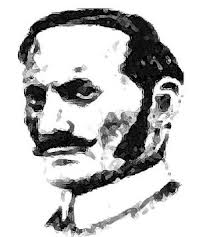
Kosminski was a Polish and Jewish immigrant who came to London somewhere between 1880 and 1881. He was said to have a great hatred of women, especially women of the lower prostitute class. If he was the killer that would explain why all of the victims were women and why most of the victims were prostitutes. He was also said to have homicidal tendencies so he could have committed acts of extreme violence.
Also, he was committed to an asylum in March of 1889, which would fall in line with the time the murders stopped. He said that he had people inside his head that told him to do things. That voice could have told him to commit those crimes.
Two high ranking officers believed Kosminski to be Jack the Ripper. Other people believe this too and are coming out with DNA evidence to try and prove that Kosminski committed the crimes.
2. Thomas Cutbush
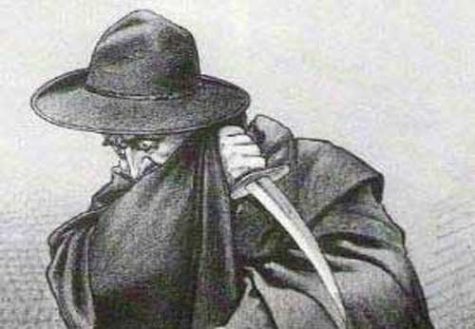
Thomas Cutbush was submitted to an asylum because he was considered a danger to other people in society. He claimed his inanity was hereditary, with his aunt also in the asylum. He was said to have violent outbursts and have periods of what was called vacancy.
If he was walking out on the street at night when he had one of his outbursts he could have run across these people and attacked them.
3. Dr. Francis Tumblety
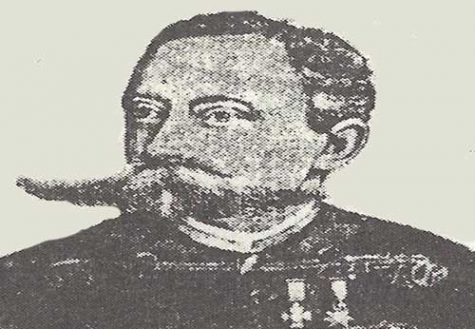
Dr. Francis Tumblety was Inspector Littlechild’s favorite suspect. He was arrested for unnatural offences including public indecency around that time and was released and skipped bail right around the time when the murders ended. Littlechild believed the end of the murders and Tumblety’s disappearance to be connected. He also felt that a medical background was consistent with the intricacies of the cuts made to the victims’ bodies.
While Tumblety was suspected of being dead, he did show up later in America, where he collected medical specimens from women, especially fallen women.
4. James Maybrick
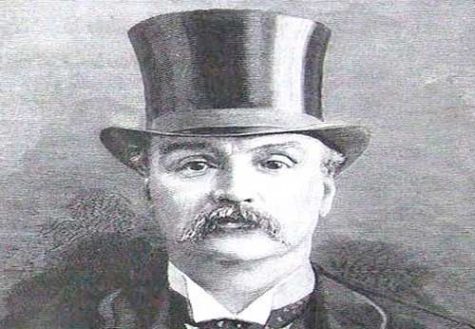
In 1992, a journal surfaced that was said to prove that James Maybrick was the killer. According to the journal, he started to murder because his wife was having an affair. The journal describes the killers. The journal did have some mistakes, and the mistakes are the same that were made by the press. There were concerns over the journal’s authenticity; the person admitted that he had forged the journal then later retracted his confessions. People still do not know if the journal is genuine.
5. Walter Sickert
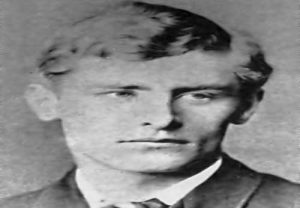
Walter Sickert is the favorite suspect of author Patricia Collins. She says that she has DNA evidence against Sickert for his crimes. One thing against him was that he was fascinated by murder. He was also said to write much of the Jack the Ripper correspondence. However, experts believe that due to the several different ways the letters were written, almost none of the letters could have been written by the same person.
6. Charles Cross
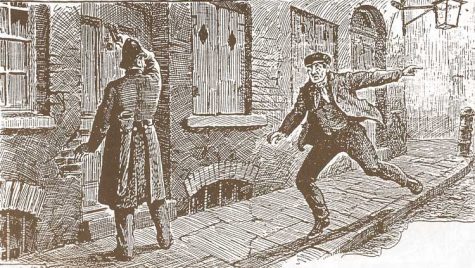 Charles Cross was the person who found Mary Nichols on his route to work. He was an obvious suspect because he was the one who found the body, and he can be placed in the area because he worked in the area. That thought can be easily dismissed because he found the body in the morning and could have been on his way to work.
Charles Cross was the person who found Mary Nichols on his route to work. He was an obvious suspect because he was the one who found the body, and he can be placed in the area because he worked in the area. That thought can be easily dismissed because he found the body in the morning and could have been on his way to work.
One thing that does not add up, though, is that he gave the police a fake name, which does not make sense if he has nothing to hide.
7. Montague John Druitt
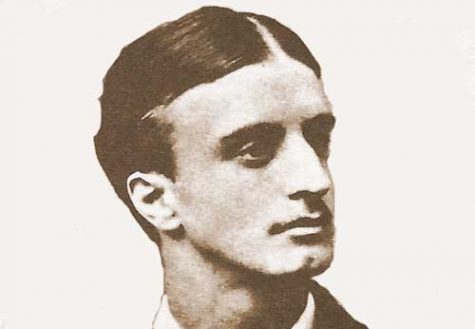
Montague John Druitt committed suicide in December of 1888 at the age of thirty-one. His death also coincides with the Jack the Ripper murders ending. But he had recently got laid of and his death might also have to do with his job. Also, his family members believed him to be the Ripper.
8. Micheal Ostrog

Micheal Ostrog was a doctor that was committed to an asylum for being a homicidal maniac. In 1887 he was arrested for a nonviolent crime and was released in March of 1887. Also in 1891 he was arrested for a violent crime. He convinced the judge that he was not a danger to others but only a danger to himself. In 1904 he disappeared from the records. He was also not in London for the time of a few of the murders but at a French prison.
The identity of the perpetrator of the Jack the Ripper is not known, and being a 131-year old cold case, it is likely it never will be.


